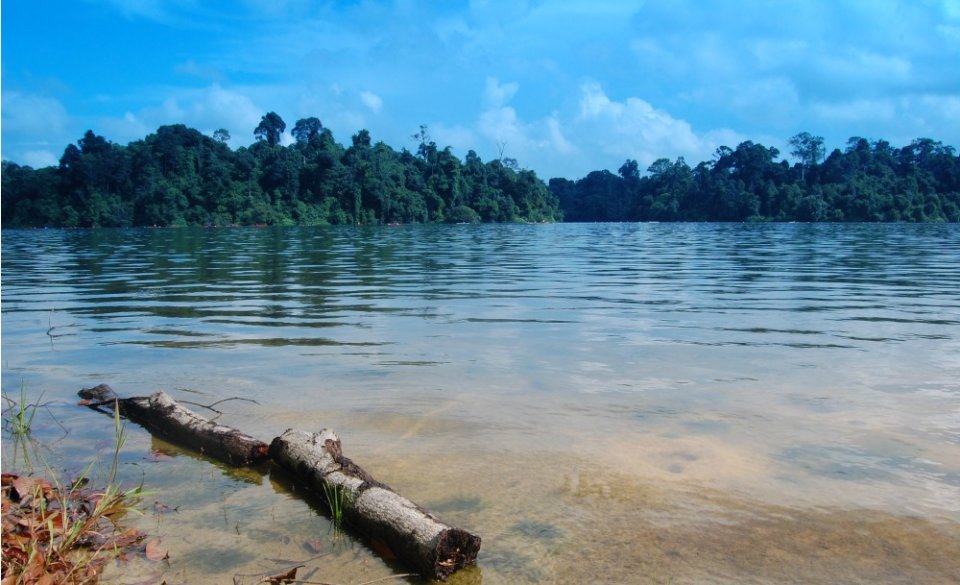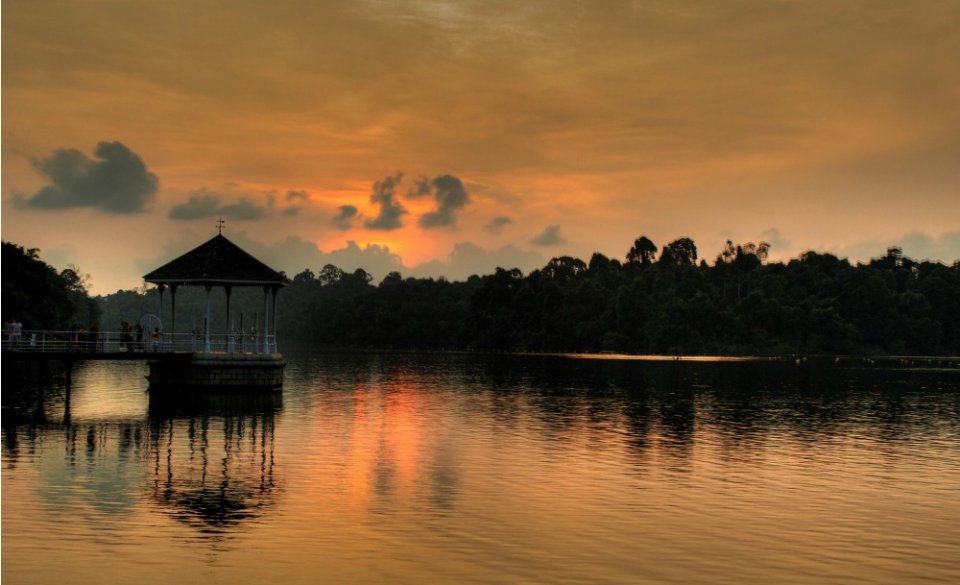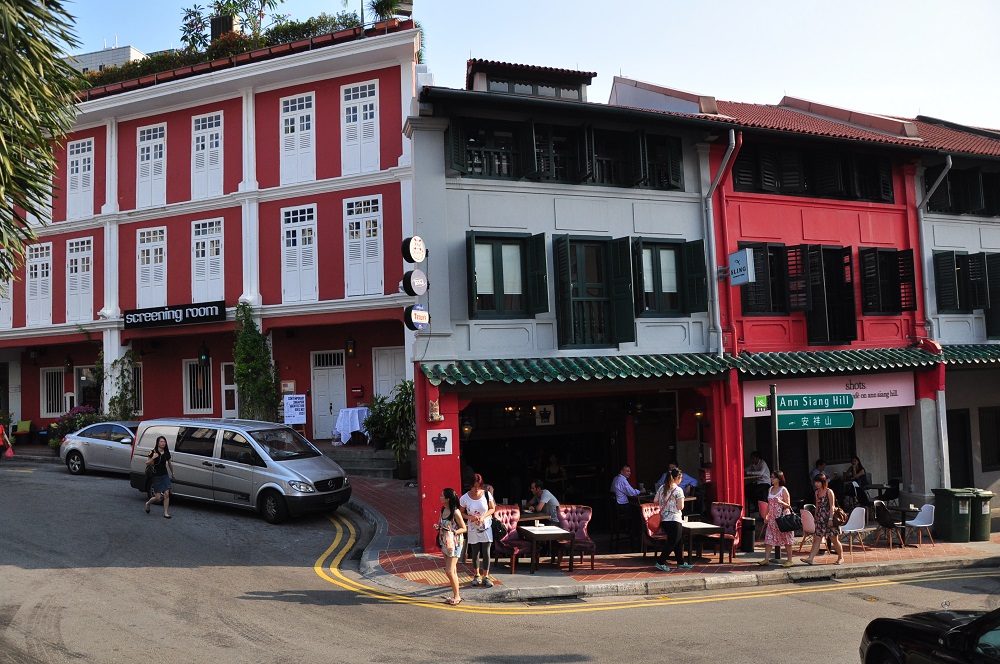The construction of the new Cross Island MRT Line (which cuts through primary and secondary rainforests in the Central Catchment Reserve) has made headlines recently, with several nature groups and organizations voicing their concerns about the negative impact of works on the area’s habitat. Project manager Chloe Tan of Love Our MacRitchie Forest speaks out on why most Singaporeans don’t care about conservation and how construction and conservation are not mutally exclusive.
 MacRitchie Reservoir, photo credit: Edwin Lim
MacRitchie Reservoir, photo credit: Edwin Lim
What is it about conserving Singapore’s green spaces (particularly MacRitchie) that has struck a chord with you?
For my final year project in university, I studied small mammals in different forest types and found that native small mammal species are now restricted to the mature forests within our forest reserves, like Bukit Timah Nature Reserve and Central Catchment Nature Reserve. The same goes for the other groups of animals.
There aren’t many mature forests left in Singapore. If these habitats are disrupted, the consequences for wildlife may be severe. MacRitchie is also my favourite nature area to see wildlife. Every time I go there, I see a new creature! Allowing the Cross Island MRT Line to tunnel through MacRitchie now could be the beginning of the end—opening the floodgates for similar developments in future.
Please share some of the major challenges facing conservation groups in Singapore. Can we overcome them, and how?
I think the two biggest challenges are the low level of awareness among the public about Singapore’s biodiversity and the inertia among government to prioritize conservation. Raising public awareness requires constant efforts from conservation groups. There is no other way around this.
The situation in Singapore is improving, thanks to the tireless efforts of the many green groups here. As for the lack in focus on conservation among the government, I hope that by educating the public and encouraging people to be vocal, the government will listen and start mainstreaming conservation in decision-making process. Conservation groups are also striving to engage directly with the government and I think this is a great way to bring up these issues.
Do you think conservation in land-scarce Singapore is an achievable ideal, given that we have a population of about 5.5 million and that the country is constantly developing at a remarkable speed?
Definitely. Conservation and development are not mutually exclusive. In fact, they should go hand in hand. Developing without conservation in mind is simply unsustainable. Nature and biodiversity are key components of a high quality of life as they provide essential ecosystem services such as leisure, education, clean air, water catchment, flood prevention, climate regulation and more. In a highly urbanized city like Singapore, nature serves as a getaway from the hustle and bustle. It is very important for our mental wellbeing!
 MacRitchie Reservoir, photo credit: Zaqqy J
MacRitchie Reservoir, photo credit: Zaqqy J
There has been some contention about how the construction of the new MRT line may affect the biodiversity of MacRitchie. Could you weigh in on that?
MacRitchie Forest is home to many wildlife species that are sensitive to human disturbance and are extremely dependent on healthy and intact forest habitats to survive. Many of these species are endangered in Singapore (like the lesser mousedeer and Sunda pangolin) and even worldwide (Johnson’s freshwater crab). The latter can only be found in forest streams within Bukit Timah Nature Reserve and the Central Catchment Nature Reserve, and no where else in the world!
Just to cite some examples of how construction affects the park’s biodiversity, the drilling for soil investigation works will cause considerable noise and vibration, affecting the sensitive terrestrial creatures like the mousedeer and pangolin. Lapses in measures to prevent spillage of toxic materials such as fuel can result in contamination of forest streams, affecting aquatic animals like the crab. We simply cannot take risks that may jeopardize the fragile forest habitat.
How has the reception towards the movement to protect MacRitchie’s biodiversity been like?
The response has been very encouraging. The guided nature walks are always fully subscribed. Members of the public who were initially unaware of Singapore’s forest wildlife have become supportive of the cause after learning about it. Many were even inspired to contribute in their own ways, such as through artwork, photography and writing.
Do Singaporeans care about conservation?
Yes and no. Most Singaporeans don’t care because they don’t know we have biodiversity worth conserving. But when they have the opportunity to learn about it, most will start to care! That is why the various green groups put in so much effort to do outreach and education.
How has Love MacRitchie Walks impacted your personal life?
It has allowed me to share my love for nature and apply the knowledge I learned as an undergraduate. The walks also gave me the opportunity to interact with people from all walks of life, including other nature guides from whom I’ve learned so much from. I began to appreciate the importance of nature education and now, most of my non-working hours are spent doing this!
The next Love MacRitchie Walks is happening on Mar 5. More information can be found here.





